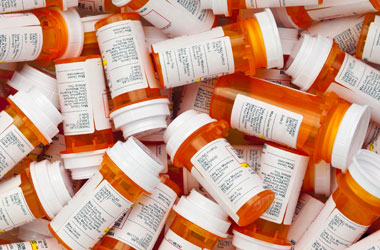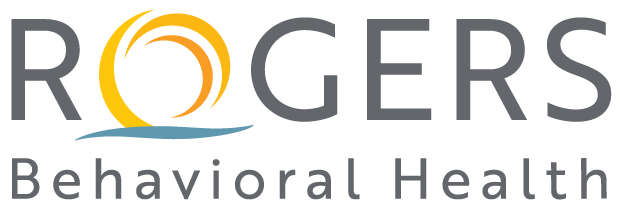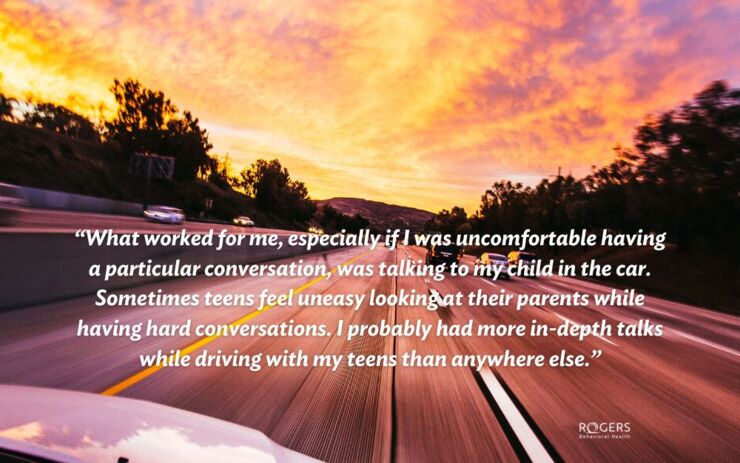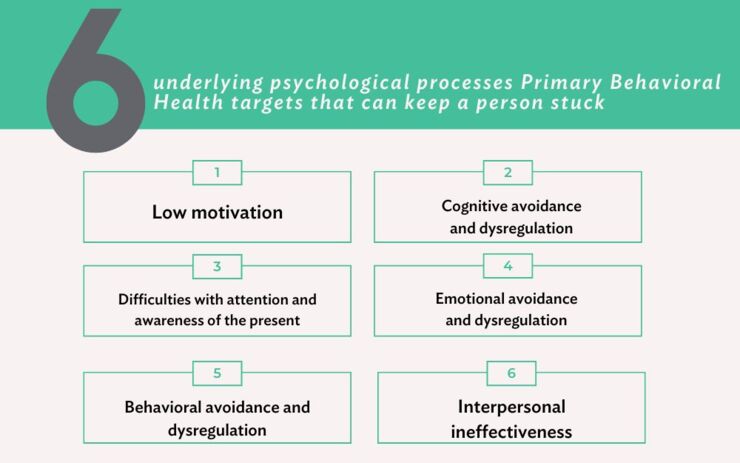Lock Your Medicine Cabinet: A Step Toward Reducing Prescription Abuse
Posted on 09/26/13 12:14:pm
As parents, friends and family members, we’re consistently reminded to keep our medications out of sight and reach. For many, the assumption is that this step is meant to keep small children safe. In reality, however, young children are not the only ones in danger—adolescents and adults are also at risk, as they have access to unsupervised medicine cabinets. In fact, reports indicate that thousands of teens use a prescription drug intended for someone else every day.
Consider the Dangers
Although you may not think about protecting unused prescriptions from wandering eyes and hands during social occasions, you may want to consider that – for many who find these drugs – a party isn’t really a party without a “random drug spin,” i.e., raiding the medicine cabinet and taking something with unknown effects. The fun, they say, is in not knowing what they’re about to experience.
Unfortunately, the effects of taking these drugs may be worse than they realize. The American College of Preventive Medicine warns that our country is in the midst of an epidemic – widespread prescription drug abuse. Prescription and over-the-counter medications account for eight of the 14 most frequently abused drugs by high school seniors. Plus, adolescents say prescription drugs are much easier to obtain than illicit drugs. Even more shocking: The abuse of prescription drugs is higher than cocaine, hallucinogens, inhalants and heroin for those over the age of 12. The sad truth is that many prescription medications are forgotten in medicine cabinets and can become the “entertainment” some adults and adolescents seek.
Immediate and Long-Term Dangers
When adolescents and adults seek entertainment in pills, often mixing them with alcohol in efforts to get drunk faster, they put themselves at risk in the present and future. In addition to immediate effects like reduced ability to pay attention, impotence, potential brain damage, heart attack, stroke and even death, they become exponentially more likely to become chemically dependent. In fact, statistics indicate that the number of adolescents entering treatment for addiction to prescription pain relievers has increased by more than 300% over the last 10 years. And other reports reveal that one in four adolescents questioned in 2012 admit to abusing prescription drugs at least once, which represents a dramatic increase of 33% in just four years. In total, 7 million people abuse or misuse prescription drugs every month.
What Can You Do?
Locking your medicine cabinet and disposing of unused prescriptions can help. Safe medication disposal can mean bringing your unused medication supplies to a “drop-off” site such as a local police department. Otherwise, to discard expired and unused prescription drugs safely, remove tablets/capsules from their original containers and mix them with undesirable substances, such as cat litter or used coffee grounds, before placing them in a container with a lid or sealed bag for disposal. Flushing them down the toilet is not recommended due to chemicals entering the water supply.
Visit dispose my meds(link is external) for a listing of approved drug disposal sites.
If you or someone you love is abusing prescription drugs, Rogers offers a wide variety of addiction treatment options includingwithdrawal management and long term stabilization at the Herrington Recovery Center. Request a free screening online or call us at 800-767-4411.
Topics
Share this article:



